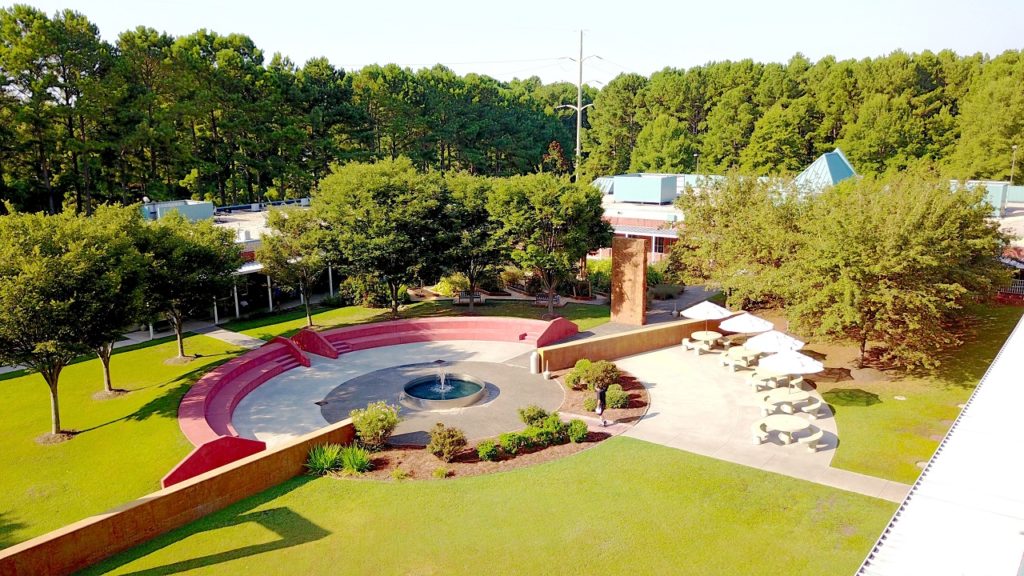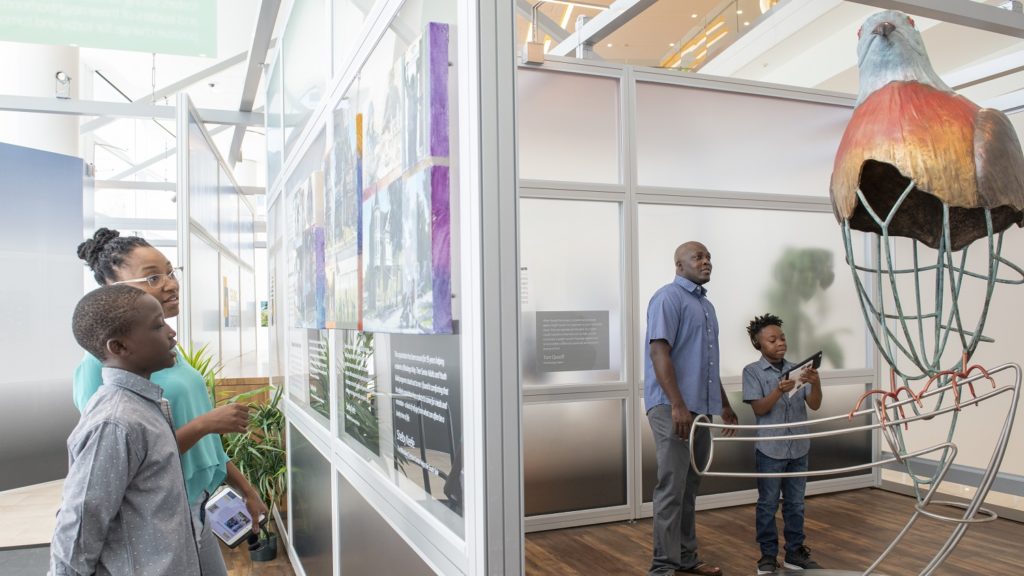
Rodney Hammer, President
Special to the Philanthropy Journal
By Heather Bridges
“Am I coming home with you? Do you have a safe place for me?”
These words, spoken by a victim of human trafficking, are seared into Rodney Hammer’s memory.
“What about my children? What about a job? How am I going to get away from this place and these people?”
At the time, Hammer was serving overseas as a Christian worker, and he remembers thinking: I don’t have a place. My colleagues don’t have a place. Nobody has a safe place for this woman and her children.
Her words started Hammer down a path of realization. If there’s no place where victims of human trafficking can go—a safe space for them to heal and rebuild—then how can they start a new life, much less escape?
When Hammer returned home to Kansas City, he continued to uncover the extent of the problem. It’s difficult to quantify, but Hammer said the best research available estimates there are at least 100,000 victims of human trafficking in the U.S. And though strides have been made in awareness, prevention, and legislation, Hammer noticed a gap in residential recovery services. There were very few places for survivors to go.
 So, in 2014, Hammer founded Restoration House of Greater Kansas City with the goal of providing long-term housing and faith-based restorative programs to survivors of human trafficking.
So, in 2014, Hammer founded Restoration House of Greater Kansas City with the goal of providing long-term housing and faith-based restorative programs to survivors of human trafficking.
It’s an incredibly difficult service to provide. Hammer compared a residential recovery home to a small hospital—an expensive and extensive operation. From a human services perspective, survivors are recovering from immense, layered trauma and, in many cases, addiction.
“It’s a gut-wrenching, heart-rending, massive challenge, but it has to be met,” Hammer said.
And Restoration House stepped up to the challenge, opening a six-bed home for adult women in 2015. According to statistics from 2018, the organization provided survivors with more than 4,000 meals, 177 medical appointments, 262 hours of counseling and 179 hours of group therapy. In 2019, Restoration House opened a seven-bed house for minors. They also acquired a seven-acre property with plans of expanding capacity for adult survivors.
Then came 2020 and the COVID-19 pandemic, and all plans came to a halt.
Surviving the pandemic through support and innovation
As the country went into shock and shutdown, Restoration House faced challenges similar to many others in the nonprofit world. It’s one thing to take a hit in finances; it’s another to lose your ability to connect with and help people as an organization with that very mission.
Unable to take in new residents, with funding and support dwindling, the organization shifted its focus to survival—and above all, not having to send away the five women and four children in residence. That meant cutting back budget, services and staffing, including reducing full-time staff for the adult women’s program from six people to two.
Meanwhile, the number of people at risk of human trafficking increased exponentially. According to data from Polaris, online recruitment went up by 22% as people turned to the internet and social media to cope with isolation.
“Government mandates don’t mean anything to a criminal enterprise. They don’t care,” Hammer said. “As a matter of fact, they look to exploit vulnerability, and what COVID produced was additional vulnerability.”
By the summer of 2020, Restoration House had less than one month’s budget in the bank and was operating with the bare minimum staff and support needed to stay open.
“We knew that if we didn’t have a plan and we didn’t innovate in order to overcome the situation that we were in, we would not recover,” Hammer said.
So the team developed a multi-step “innovation and recovery plan” that would take Restoration House from survival to stability to, hopefully, growth. Then, they got to work, communicating every step of the way with supporters.
“It was amazing how many people, even if they couldn’t do much, stayed with us, prayed with us, gave what they could, and how positively they responded to the fact that we had an innovation and recovery plan,” Hammer said.
Maybe it was grit and determination. Maybe it was faith, prayer, support. Maybe all of the above. Somehow, Restoration House stayed open, fulfilling their commitment to the women and children in residence.
And they didn’t stop there. Hammer and team used lessons learned during the crisis to take steps toward becoming a more effective, more efficient operation.
This included growing their network of partnerships, both public and private. Not just for survival in the short term but strategy in the long term—combining efforts to help more survivors in more ways. As just one example, Restoration House is now working with the Human Trafficking Training Center to train law enforcement on how to identify, inderdict and advocate for survivors.
Looking toward the future with hope
 Today, Restoration House is not just surviving but thriving, Hammer said.
Today, Restoration House is not just surviving but thriving, Hammer said.
Last November, the organization increased capacity for adult survivors from six beds to eighteen, and Restoration House is currently in the middle of a fundraising campaign to expand their facilities, grow their staff and improve their ability to address trauma.
Trauma therapy, especially, will be an important focus for Restoration House moving forward. It’s a service they’ve always offered, but Hammer said they’re realizing how foundational it is to recovery.
“We’re committed to helping survivors deal with their trauma in a clinical, professional, advanced level, similar to what a military veteran would be able to access,” Hammer said. “We can do all of these wraparound services, but if we don’t help you successfully overcome and not just manage your trauma, then you’re not going to be able to move onto a healthy, productive, joyful life.”
As he considers where Restoration House is headed, Hammer is in a very different place than when he first heard those words: “Do you have a safe place for me?” Even still, he admits it’s easy to feel helpless in the face of problem as massive as human trafficking, a $150 billion dollar industry that affects nearly 25 million victims worldwide.
Nevertheless, there is hope.
“It’s a big problem, but there is a solution,” Hammer said. “The victims don’t have to remain victims. Survivors can get help. They can overcome trauma. People like us and others can help them do that.”
ABOUT THE AUTHOR
 Heather Bridges is a Richmond-based writer with a background in journalism and marketing. She is passionate about storytelling as a form of catharsis, connection and change.
Heather Bridges is a Richmond-based writer with a background in journalism and marketing. She is passionate about storytelling as a form of catharsis, connection and change.





